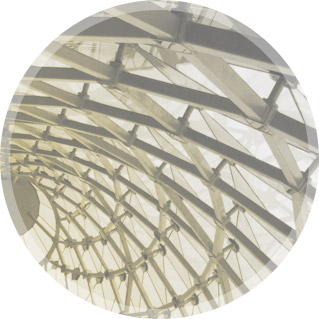Cranbrook Academy of Art
Architecture
Architecture at Cranbrook Academy of Art is a 2-year graduate program (M.Arch) that supports individually-directed, studio-based research in architecture, urbanism, and related forms of spatial practice. Embedded in a graduate-exclusive academy with programs in fine art, craft, and design, Architecture at Cranbrook provides a collaborative and cross-disciplinary setting to advance your existing practice or to discover a new approach.

Setting
Cranbrook Academy of Art is part of the larger Cranbrook Educational Community, a 319-acre campus that also includes a contemporary art museum, science museum, and a PreK-12 college-preparatory school. The campus was designed by Eliel Saarinen and is described as an environment of "total design." The Architecture program has a dedicated building with semi-private studios and large shared spaces for fabrication and installation. Electives in Architecture may utilize open studio spaces, furthering interdisciplinary connections and broadening our conversations.
School Philosophy
Cranbrook's Architecture program, with a history of over 90 years, is designed to support diverse and expansive approaches to architectural practice. Students explore architecture as a physical environment, as a collective experience, as a critical framework, as a material ecosystem, as a cultural construct, as a collaborative model, as a social act. As a practice-based pedagogy, the studio is a laboratory for exploring these and other perspectives through project-based work.
Founded on a culture of making and situated outside of Detroit, the program is deeply invested in material experimentation as a catalyst for inventive design research. Exploring ideas through making also provides a framework to consider the material impacts of architectural work in wider urban, social, industrial, and ecological contexts.

Programs
Architecture at Cranbrook is designed to integrate pedagogy with practice. Pedagogy is the departmental infrastructure of weekly critiques, reading groups, visiting artists and lectures, studio and site visits, group exhibitions, one-on-one discussions, and workshops. Practice is the work taking place within your studio – the process of materializing ideas, cultivating questions, generating spaces, devising processes, staging collaborations, establishing positions, discerning effects, parlaying outcomes, and so on. This structure and content unfold together, offering ongoing prompts and feedback for your individual studio work.
As Head of Architecture, Gretchen Wilkins acts as a mentor, critic, and administrator to this process, and as Architect-in-Residence she is continuously developing her own practice alongside it.
Since its founding, Cranbrook has intentionally not pursued professional NAAB accreditation for its Master of Architecture to remain a space of open experimentation and independent, practice-based research. This affords us the flexibility to structure the program in unconventional ways and think expansively about architectural work.
The Architecture program is open to anyone who wants to practice within the fields of architecture and urbanism. This includes registered architects, graduates with a professionally accredited or non-professional degree, or those pursuing practices that do not require formal licensing.

of Focus
1. Art & Design
2. Digital Fabrication & Technology
3. Resilience
4. Cross-Cultural Contexts | Human Experiences
5. Interior Design
6. Digital Design & Visualization
7. Sustainability & High-Performance Built Environments

Opportunities

Facilities

Policies
Transfer Policies
Cranbrook Academy of Art does not accept transfer credit from any other institution. All students are required to complete their entire program of studies at the Academy. Note: Veteran students should consult the Veterans Information Bulletin for information specific to their situation.



